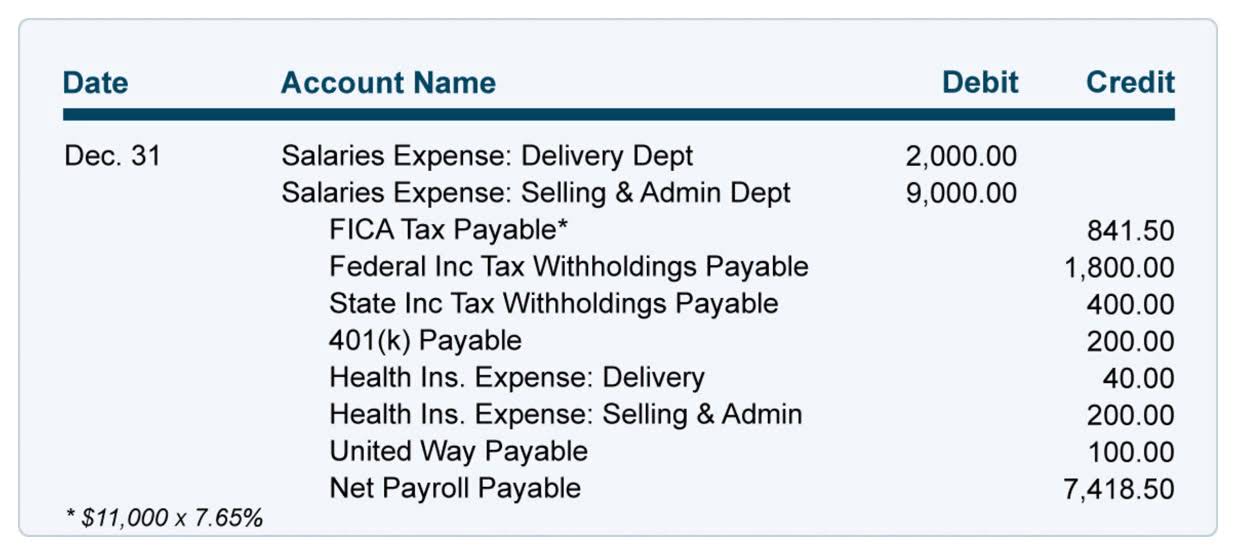- +39 3406487807
- studioartem@studioartem.it


And so, beginning with the Office of Federal Procurement Policy’s urging in 1983, federal and state governments started passing laws governing and limiting retainage. The federal government was one of the firsts to address this, and has a number of limitations on how much money can be withheld from contractors on federal jobs. Though indirectly, construction project management software can help secure your retainage fee.

This largely depends on how the contract for the specific project defines substantial completion. Before you sign a construction contract, ensure you understand the retainage amount and when you will receive it. Imagine a client hires a contractor to build a 2,500-square-foot home for $150 per square foot. For example, say a contractor agrees to complete a $50,000 project with a $5,000 (10%) retainage fee.
You can also look into subcontractor performance bonds or retainage bonds as a unique alternative to traditional retainage. Subcontractor performance bonds are a special agreement between a subcontractor and a surety. retainage in construction In this agreement, the surety guarantees to complete the project in place of a subcontractor should the subcontractor fail to meet contractual obligations.

Ensuring that all financial processes align with project goals and timelines. If you have any questions or concerns, it’s critical to income summary address them before signing a new contract. Don’t hesitate to clarify things with your legal department or a qualified construction law attorney – you’ll thank yourself later. Either way, we recommend looking into your state’s specific rules and requirements – including how your state defines completion of a project versus final approval of the job – to avoid any confusion.

Some surety companies offer retention bonds, which is essentially an insurance policy that takes the place of retainage as a guarantee of workmanship. A subcontractor may be able to negotiate an agreement in which they purchase a retention bond instead of having funds withheld from their payments. If an issue later arises for which the hiring party would have used retainage to cover the cost, the surety company steps in to pay. Owners and contractors are not allowed to withhold a percentage greater than the rate set out by these laws.

ENR.com and the Construction Financial Management Association (CFMA) recently published some articles suggesting that “cash-strapped public and private owners are… This is not a required document in any state, however, it can still be effective to speed up payments. MT Copeland offers video-based online classes that give you a foundation in construction fundamentals with real-world applications, like an introduction to construction law.
Typically, contact retention is released, and the general contractor receives their complete payment at the end of the project. This is a subject of negotiation between the Food Truck Accounting owner and contractor and can be determined by the contract itself. Quite often, you will see the terms of construction retainage and construction retention used interchangeably. While retainage refers directly to the sum of money withheld, retention is more about the process of withholding that money. In this article, we use both terms to refer to the same thing – withheld money.